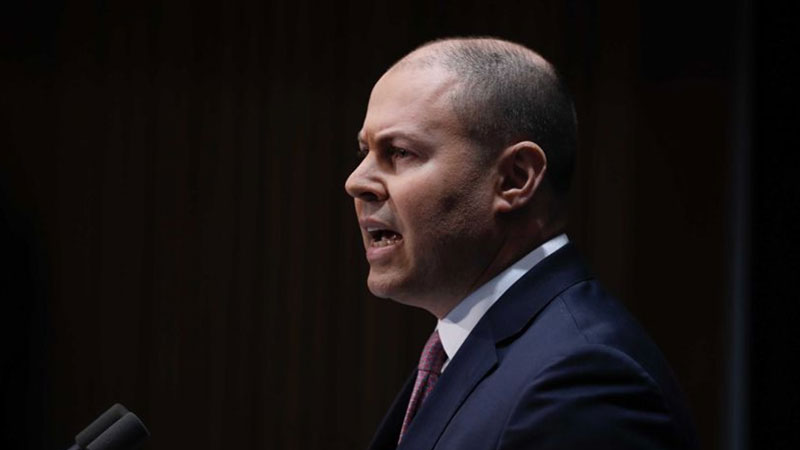Australia Maintains AAA Credit Rating
Moody’s says Australia’s economic strength will continue to underpin the AAA rating, notwithstanding the deep economic shock caused by the coronavirus crisis.
Australia is one of only 10 countries to retain the triple-A status, which impacts on the cost of borrowing by state governments and banks, from three leading credit rating agencies.
Moody’s stable outlook reflects its forecast that downside risks to the credit profile are contained by the “underlying resilience of the economy” and Australia's “effective policy-making institutions”.
Treasurer Josh Frydenberg said that the rating was reflective of the federal government’s economic response to the pandemic, with $260 billion—or 13.3 per cent of GDP—injecting the economy in response to Covid-19.

The latest assessment from Moody's means all three major ratings agencies, including Standard & Poor’s and Fitch Ratings, puts Australia as one of only 10 countries to have a triple-A rating.
But the health-turn-economic crisis will take its toll, Moody's expects GDP to fall by around five per cent in 2020.
“While large, the fall in GDP is smaller than in other advanced economies in general, consistent with signs that more normal work and spending behaviours are gradually returning as the epidemic recedes in the country.
“In Moody's assessment, the resilience of the Australian economy supports a return to positive growth next year, without any significant long-lasting impact on growth potential once the crisis passes.”
Australia entered the coronavirus pandemic with a relatively moderate debt burden, which Moody's says offered the scope to implement major fiscal policy support.
Moody's still forecasts Australia's general government debt burden to rise to above 50 per cent of GDP in the fiscal year ending June 2021. This is up from 41.8 per cent in fiscal 2019. Moody's expects further modest increases in the following years.
“While such a debt burden would be Australia's highest in several decades, it would also remain consistent with other Aaa-rated sovereigns, most of which are facing a similar sudden debt shock,” Moody's says.
“Compared to other advanced economies, the initial jump in the debt burden is likely to be less large for Australia due to a somewhat less acute fall in growth.”
Earlier this month, Frydenberg conceded the nation would enter its first recession, breaking a 29-year run.
Australia's economy contracted 0.3 per cent in the March quarter and is likely to contract around 8 per cent in the June quarter.
The World Bank estimates that 90 per cent of global nations are expected to experience a recession over the first half of 2020.
CommSec chief economist Craig James said Australia is ending the 2019 financial year with a cash rate of 0.25 per cent, unemployment rate at 7.1 per cent and underlying inflation rate at 1.75 per cent.












